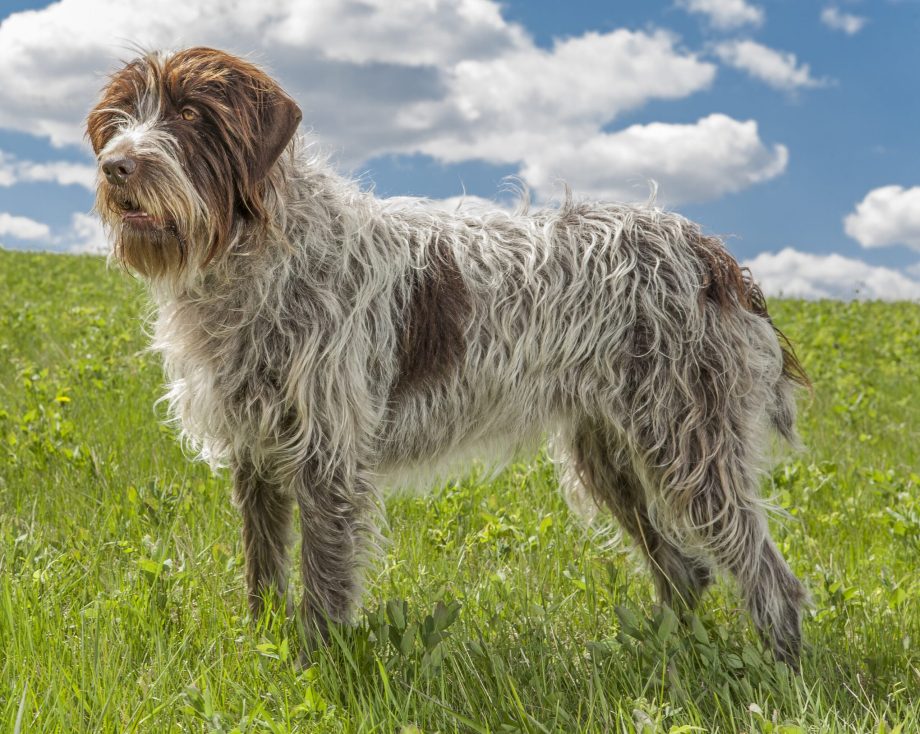The Griffon Fauve de Bretagne is a rustic-looking scenthound originating from Brittany, France, where it was bred predominantly to hunt boar and wolves.
It shares some of the same characteristics as the Basset Fauve. It is a medium-sized dog with a distinctive rough, shaggy coat, long drop ears, a long tail carried up and in a slight curve, and shaggy eyebrows and beard. Their coat can be any shade of fawn, from golden to red. They have a super temperament, being friendly, gentle, affectionate and patient, making them an excellent choice for families. They are very sociable dogs which will get on with pretty much anyone and anything and will happily greet strangers and other dogs. They require a good amount of exercise and will relish long walks, after which they will happily curl up contentedly with their family. As with all hounds, training is recommended to get the best from the breed and to ensure that they dont disappear on a scent trail. This breed makes a great choice for active families looking for an affectionate, sweet-natured dog.

History
The Griffon Fauve de Bretagne descends from the larger and now extinct Grand Fauve de Bretagne which was used to hunt in packs for wolves and wild boar in Brittany, France. As wolves decreased, so did the numbers of the Grand Fauve de Bretagne, some of which were bred with smaller hunting dogs to create the Griffon Fauve de Bretagne, used to hunt boar. They are still used for this purpose in some areas of France, alongside being good family dogs.





